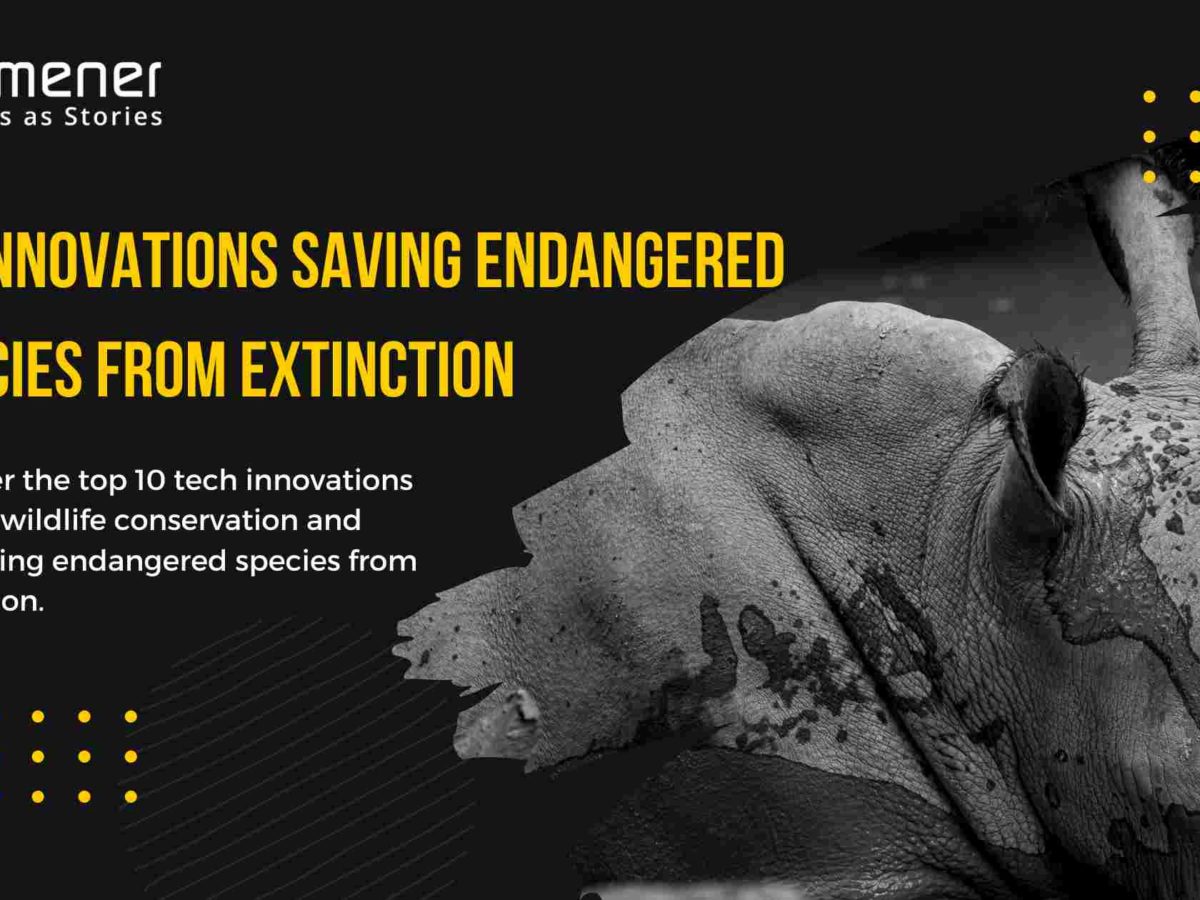In an era rife with apprehensions about the perils of artificial intelligence (AI) looming over humanity, a beacon of hope emerges from the cerulean depths off the west coast of New Zealand, exemplifying the transformative potential of AI-Powered Conservation. Amidst the dire narrative of environmental degradation and species decline, the integration of AI into conservation efforts unveils a new chapter in the quest to preserve biodiversity, catalyzing hope for imperiled species like the Māui dolphins.
Contrary to dystopian forecasts, AI emerges as a potent ally in the fight against extinction, catalyzing transformative initiatives to safeguard vulnerable ecosystems and imperiled species. The AI-powered conservation efforts illuminates a narrative of innovation and resilience, where technology converges with conservation to chart a path towards ecological restoration and harmony.
Revolutionizing wildlife monitoring
In the vast expanse of the ocean, the plight of the Māui dolphins, a sub-species teetering on the brink of extinction, epitomizes the urgent need for innovative conservation strategies. Traditionally, tracking these elusive creatures posed a formidable challenge, with periodic assessments failing to provide comprehensive insights into their dwindling populations.
However, a groundbreaking initiative spearheaded by conservation charity MAUI63 harnesses the prowess of AI to revolutionize wildlife monitoring. Through the deployment of AI-powered tracking drones equipped with state-of-the-art image recognition technology, the once-elusive Māui dolphins are brought into focus with unprecedented clarity.
Amidst the tumultuous waters, these autonomous drones soar, transcending the limitations of traditional monitoring methods. With precision akin to an artist’s brushstroke, AI algorithms meticulously analyze intricate patterns adorning the dolphins’ dorsal fins, discerning individual identities with unparalleled accuracy.
The once-intractable task of tracking these marine marvels metamorphoses into a seamless endeavor, as AI affords real-time insights into their movements and behaviors. Beyond mere enumeration, this technological marvel serves as a sentinel of hope, empowering conservationists with the data necessary to mitigate threats and safeguard critical habitats.
AI-powered conservation efforts – Global implications and ethical considerations
Beyond the pristine shores of New Zealand, the ripple effects of AI-powered conservation reverberate across the globe, transcending geographical boundaries to confront environmental challenges on a monumental scale. From the verdant canopy of the rainforests to the arid plains of Africa, AI emerges as a vanguard of ecological stewardship, propelling initiatives aimed at forest mapping, reforestation monitoring, and wildlife preservation. In partnership with organizations like the Rainforest Alliance and IBM, AI not only delineates the extent of deforestation but also orchestrates interventions to nurture biodiversity and mitigate habitat loss.
However, amidst the crescendo of technological triumph, ethical considerations loom large on the horizon. The proliferation of facial recognition and AI-generated imagery beckons a critical introspection into the ethical ramifications of AI in conservation. As organizations like On The Edge leverage AI to evoke empathy and advocacy for endangered species, the delicate balance between technological innovation and ethical integrity comes under scrutiny. Striking a harmonious chord between technological advancement and ethical stewardship emerges as an imperative, ensuring that AI augments the magic of nature without diminishing its intrinsic value.
As the dawn breaks on a new era of conservation, propelled by the synergy of AI and human ingenuity, a pivotal question beckons: Can AI-powered conservation herald a renaissance of hope amidst the looming specter of environmental crisis?
In the labyrinth of uncertainty, where ecological equilibrium hangs in the balance, AI emerges as a beacon of resilience, illuminating a path towards sustainable coexistence with the natural world. Yet, as humanity navigates the uncharted waters of technological progress, the onus lies on us to tread cautiously, ensuring that the promise of AI remains synonymous with hope, rather than hubris, in our quest to preserve the tapestry of life on Earth.





